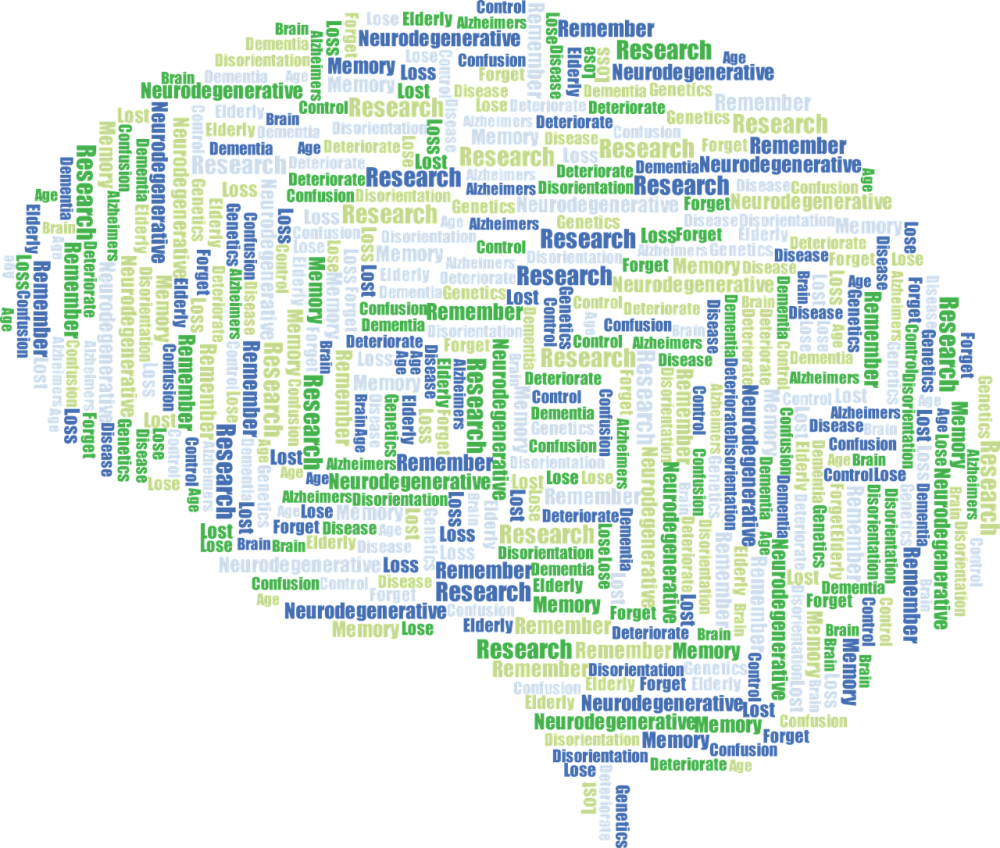Grey matters: CVM research sheds new light on brain function and Alzheimer’s disease
February 27, 2023

A recent study from CVM researchers points to specific cellular activity in the brain that may increase vulnerability to Alzheimer’s disease—findings that may offer new avenues for early detection and treatment. Alzheimer’s disease (AD) is the most common neurodegenerative disease in people over 65, affecting over 50 million people worldwide—a number that is expected to double every 20 years. AD is linked to complex cellular changes in the brain, including the disruption of neuropeptides, or chemical messengers that are released by neurons. But little is known about the specific role or extent of this disruption in the development of AD.
Researchers Manci Li and Dr. Peter Larsen looked at existing data from both AD brains and healthy brains to identify the key neuropeptides involved in AD and to examine the relationship between neuropeptide activity and aging. The researchers found two notable differences in AD brains. First, the proportion of cells releasing neuropeptides was significantly lower than in healthy brains. And second, neurons with the most neuropeptide activity—those releasing higher levels and greater diversity of neuropeptides—were disproportionately absent in the AD brains. In addition, they found that increased age coincides with decreased AD neuropeptide activity in the hippocampus, which plays a major role in learning and memory.
As Li describes, “In a normal brain, there are cells that can handle the demands of day-to-day life. But with Alzheimer's, these cells have either died or the connections are lost. The cells that are left behind are struggling to keep up with the demand. It’s akin to an engine that is overworked—when the power demands are too large the engine cannot sustain the demand and beaks down.” This cycle of the overwork and breakdown of neurons, the researchers believe, contributes to the onset and progression of AD.
While further research is needed, understanding the involvement of neuropeptides in AD offers promising avenues for early diagnosis by measuring neuropeptide activity. In addition, it suggests treatment possibilities that could prevent cognitive decline by simulating the effects of neuropeptides.
Li will present this work at the upcoming Molecular Basis of Healthy Aging conference in Breckenridge, CO, for which she received a Keystone Symposia scholarship from the National Institute of Aging. Read the full study in Alzheimer’s and Dementia.


